Too many job descriptions sound like they were written by policy teams, not people. Lists of responsibilities, endless bullet points, and robotic language might tick HR boxes, but they rarely inspire anyone to hit “apply”. In today’s talent market especially in people-first cities like London candidates are craving something different: authenticity, clarity, and a sense of connection.
At Resource Provider Ltd, we help employers across the UK craft job ads that don’t just inform, but invite. The goal isn’t just to describe the job it’s to speak to the human on the other end of the screen. Here’s how to shift your hiring approach with more human-centred job descriptions.
Start with a Conversation, Not a Checklist
The best job ads feel like someone is talking directly to you. Instead of leading with a dry job summary or company paragraph, start with a sentence that connects.
Try this:
- “We’re looking for someone who’s excited to help shape the future of digital learning in London schools.”
- “If you thrive in small teams, love solving practical problems, and enjoy learning new things, this might be your next step.”
It’s warm. It’s clear. And it makes people pause.
Cut the Corporate Speak
Buzzwords like “world-class”, “synergies”, or “fast-paced environment” don’t say much and they rarely resonate. Swap vague phrases for direct language that reflects the real experience of the role.
Example:
- ❌ “We value dynamic individuals in our high-performance culture.”
- ✅ “We’re a small team that moves fast, shares ideas openly, and helps each other when deadlines get tight.”
Real words help real people imagine themselves in your team.
Show What the Work Feels Like
Responsibilities matter, but people want more than a task list. They want to know what it’s like to be in the role day to day. Go beyond what the person will do, and explain how it will feel.
For instance:
- “You’ll be trusted to manage your own schedule, with the flexibility to work from home three days a week.”
- “You’ll join a team that genuinely collaborates weekly team check-ins, shared goals, and no internal politics.”
These kinds of details help candidates picture themselves in your culture.
Be Honest About Challenges
The most effective job ads are not just positive they’re real. Being open about the pressures, pace, or expectations of a role helps candidates self-assess more accurately.
Example:
- “We’re growing quickly, which means priorities sometimes shift fast. If you’re comfortable with change and like to build structure as you go, you’ll do well here.”
This honesty builds trust and saves everyone time in the hiring process.
Make the Benefits Clear and Relevant
Instead of vague perks like “great team” or “exciting opportunity”, get specific:
- What’s the actual salary range?
- Are there learning and development budgets?
- Is there flexibility for caregiving or wellbeing support?
Transparency is not just a nice-to-have; it’s expected especially in London, where many candidates prioritise flexibility and values alignment over flashy extras.
End with an Invitation, Not a Demand
The last line of your job description should open the door. Avoid cold statements like “only shortlisted candidates will be contacted” or “apply only if you meet all criteria”. Instead, try something like:
- “If this sounds like a place where you’d thrive even if you don’t meet every requirement we’d love to hear from you.”
- “Have a question before applying? Drop us a message we’re happy to talk.”
You’re not just hiring a CV you’re hiring a person. Make sure your closing reflects that.
Final Thoughts
Human-centred job ads are more than a writing style they’re a mindset. They recognise that the hiring process isn’t a transaction. It’s a relationship. One built on trust, clarity, and communication.
At Resource Provider Ltd, we work with employers who want to bring more humanity into hiring. Whether you’re a startup scaling quickly or an established firm reshaping your team, we help you speak in a voice that candidates actually want to hear.
